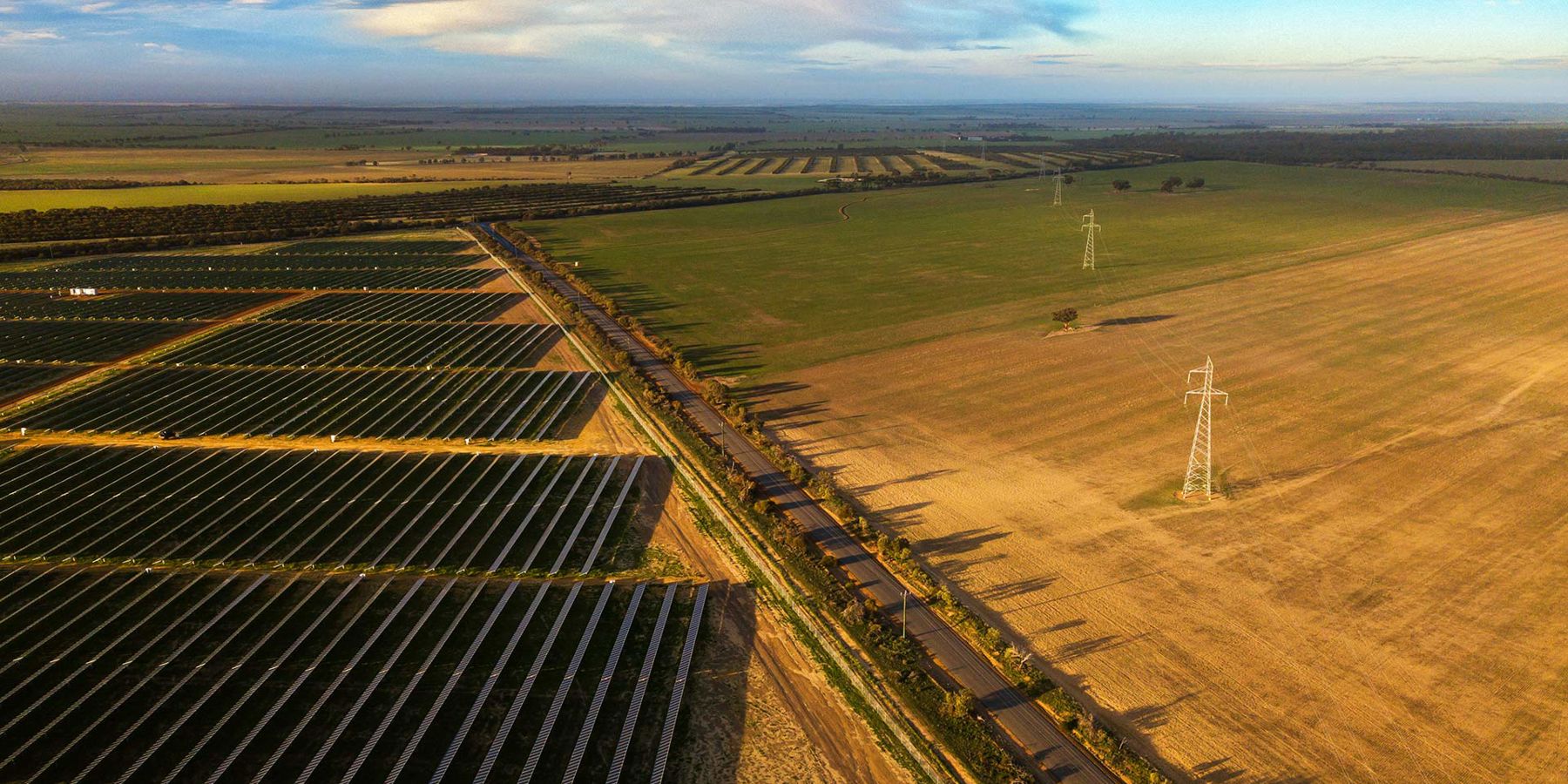Future proofing WA's energy landscape
We’re helping pave the way for a brighter, more sustainable energy future for the Western Australian community.
We’ve been implementing a variety of innovative measures to future-proof the network and ensure more renewable energy can be connected to the grid.
One of those measures is the Flexibility Services Pilot.
We’re partnering with WA businesses to build flexibility services into commercial and industrial customer solutions as part of our drive to create a more sustainable, reliable and innovative network for the future.

What is the Flexibility Services Pilot?
The Flexibility Services Pilot is the first project of its kind in Western Australia.
It aims to demonstrate how flexibility services help commercial and industrial customers realise the value of their distributed energy resources (DER) while supporting the network. Our customers are now not only consuming energy but generating energy with DER, such as solar PV, batteries, and manageable loads like heating and cooling systems.
This shift to increased DER adoption meant we needed to change the way our network is managed to enable this two-way flow of energy.
“With rooftop solar growing at a rapid rate, balancing supply and demand on the grid for stability is essential,” says CEO, Ed Kalajzic.
So we worked with energy retailers and WA businesses to explore opportunities available to generate, use and supply energy more effective. The result was the development of an innovative pilot to enable energy flexibility while supporting the integration of renewables into the network.
How does the Flexibility Services Pilot work?
Through flexibility services, WA businesses can productively manage their distributed energy resources in a way that provides network support, in return for financial compensation by Western Power.
Businesses involved in the pilot are requested to change their energy use and generation at specific times on nominated days.
On days when there is low energy demand from the grid, participants are requested to ‘shift’ their energy use to help balance network flow. Examples of energy shifting could include shutting off solar panels for a short period of time, or moving energy-intensive activities to times when there is high solar generation, such as between 10am and 2pm.
When did the Pilot start and how is it going?
Stage one of the Pilot ran between September 2020 and April 2021. During this time, 250 businesses and sites modified their energy use and generation between 10am-2pm on specific weekends.
Over the course of the Pilot, an average 20MW of energy flexibility to support the grid was achieved. This is a significant amount given it was the first time that partners had participated in a program like this.
The Pilot results provided us with significant insight into the type of technologies that may support the efficient delivery of flexibility services for WA businesses and the grid in the long-term.
“We’re working towards an energy future that’s greener, cost-effective, and provides greater customer choice and flexibility. This program has proven to be a key step towards this,” says Ed Kalajzic.
The success of stage one has seen the Pilot extended for a second year. Stage two of the pilot started in September this year.
How could the Pilot support WA’s transition to a brighter energy future?
This pilot project is designed to enable businesses to determine the best way to productively manage their energy in order to suit their needs while supporting the network.
By partnering with WA business customers, we can control energy flow by smoothing the network load (i.e. energy demand). This flexibility will enable us to manage the integration of renewables on the network and build the capability we will need to deliver on the WA Government’s Distributed Energy Resources Roadmap.
Need more information?
To find out more about how you can partner with us on the Flexibility Services Pilot, please contact us.
